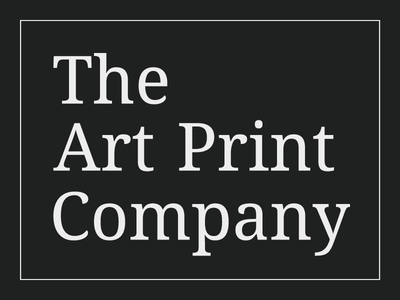Construction AL6 - Bauhaus Abstract by Laszlo Moholy-Nagy - Wall Art Wrapped Frame Canvas Print
WRAPPED FRAMED CANVAS
Printed using only high quality inks on gallery grade 280 GSM fine art canvas. Mounted on a hard backed sturdy frame (4cm deep) and finished with a smooth matte finish to ensure a sharp vibrant image.Orders dispatched the next working day. Estimated UK delivery 1-2 days, international 8-10 working days or less.
Construction AL6 - Bauhaus Abstract by Laszlo Moholy-Nagy
"Construction AL6" is a striking artwork created by the Hungarian artist and Bauhaus teacher, László Moholy-Nagy, in 1933. It is a representative piece of his constructivist and avant-garde style. The artwork is characterized by its dynamic composition and innovative use of materials.
"Construction AL6" is a three-dimensional piece composed of various industrial materials such as metal, wire, and Plexiglas. Moholy-Nagy was known for his experimentation with industrial materials and their potential for artistic expression. In this artwork, he utilized these materials to create a sense of movement and rhythm.
The composition of "Construction AL6" is abstract and geometric, featuring intersecting planes and angles. Moholy-Nagy arranged the materials in such a way as to create a sense of depth and perspective, inviting viewers to explore the artwork from different angles. The use of transparent Plexiglas elements adds a layer of complexity to the piece, allowing light to pass through and interact with the surrounding space.
One of the defining features of "Construction AL6" is its emphasis on light and shadow. Moholy-Nagy was fascinated by the transformative power of light, and he often incorporated it into his artworks to create dynamic visual effects. In this piece, the interplay of light and shadow accentuates the geometric forms and adds a sense of vibrancy to the composition.
"Construction AL6" is a testament to Moholy-Nagy's innovative approach to art and his ability to push the boundaries of traditional artistic practices. Through its dynamic composition, use of materials, and emphasis on light, the artwork invites viewers to contemplate the intersection of art, technology, and the modern world.





